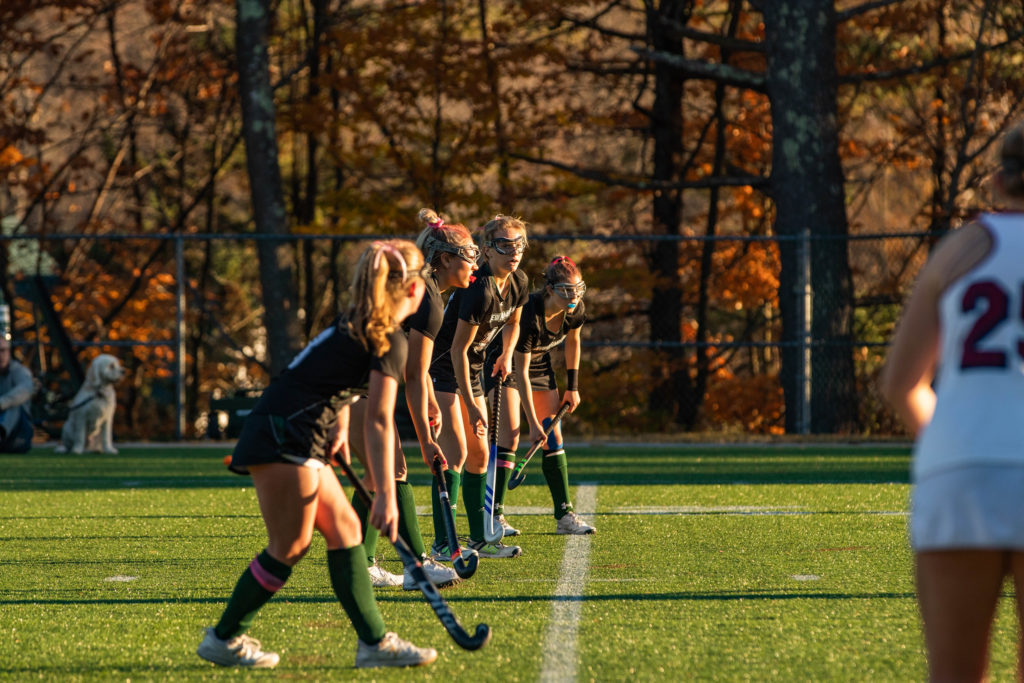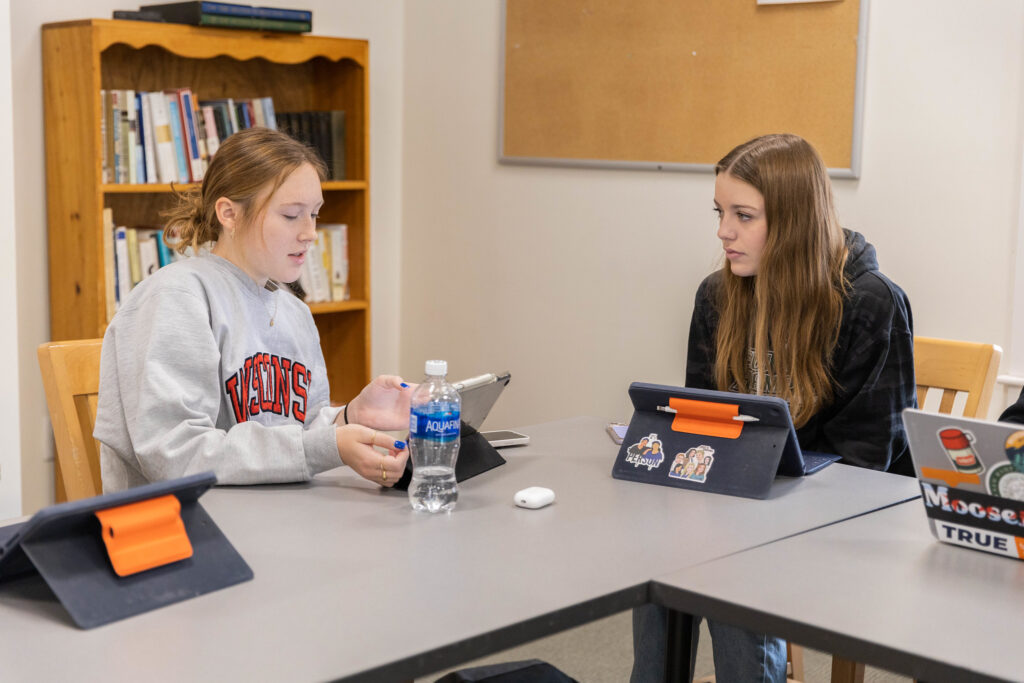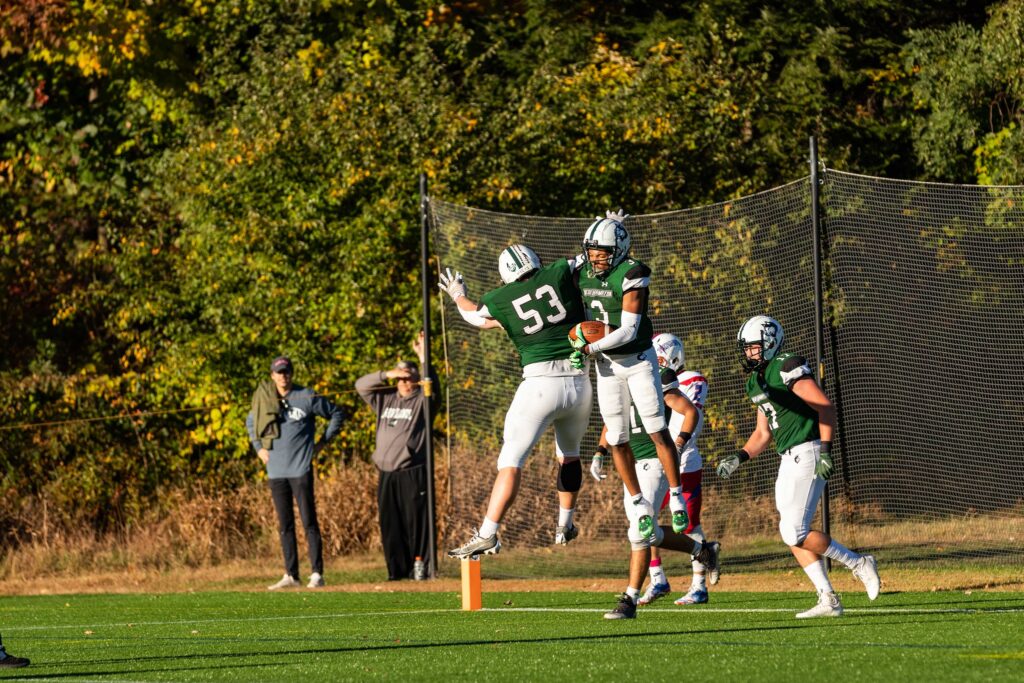Written by Eileen Williams P’22, College Counseling Athletic Liaison.
In the past two years, the NCAA made two changes to its policies that have had unintended consequences for coaches, players, and recruits alike. The first updated the transfer policy, allowing college athletes to freely transfer between colleges without having to sit out for a year as previously required. The second granted an extra year of eligibility to all college athletes. What does this mean? College coaches now have a lot more options for seasoned veteran players, and it has become increasingly more difficult for high school student-athletes to get recruited. Therefore, student-athletes need to take an active role in their recruitment to see results. Let’s discuss what high school athletes can do to increase their recruitment odds.

1. Do Well in the Classroom
Grades matter! A strong transcript will open many more doors for you, and yes, freshman grades to count. Make sure you are taking core classes that meet the NCAA’s academic requirements and that you are learning to manage your time while in high school. This will help you prepare for college when the academic and athletic demands increase.

2. Be Pro-Active!
As a prospective student-athlete (PSA), you should research schools, looking closely at team rosters to see if there is a need to fill your position. While on the school’s website, take the initiative to fill out online recruiting forms—even before college coaches are allowed to contact you. A follow-up introductory email will show a coach that you are serious about the recruiting process. Here are a few things to include in your email:
- a catchy subject line that grabs the coach’s attention
- a link to your highlight video showcasing your skills
- your GPA
- your game schedule
- your high school coach and club coach’s contact information
Having all this information in one place makes it easy for a busy coach to get a snapshot of what you can bring to their team.

3. Gain Exposure
Increase your attendance at showcases, tournaments, and ID camps where college coaches are present. These events can be costly to participate in, so be sure to do some research and attend events where you will get the most bang for your buck.

4. Have an Open Mind
Broaden your search to include schools in all three divisions (I, II, and III) of varying sizes and academic selectivity. You should also consider exploring schools in the NAIA (National Association of Intercollegiate Athletics). Like the NCAA, most colleges and universities in the NAIA offer athletic scholarships to their student-athletes. Once you have a broad list, you can narrow it down based on the characteristics that are most important to you. Be sure to consider size, location, admissibility, academic offerings, team culture, cost, etc. The goal is to find the best fit for you! Ask yourself…”If I can no longer play the sport I love, will I still enjoy being at this school?”

As student-athletes continue to strive toward college recruitment, it is important to understand the changing landscape of this complex process. Knowing what coaches are looking for and ways to increase your chances of being seen will help you break into the exciting world of college athletics.
If you are being recruited to play at Division I or Division II level, you must register with either the NCAA or NAIA Eligibility Center (depending on the school’s conference) to ensure your academic and amateurism eligibility. For more information, read the NCAA’s Guide for the College Bound Student Athlete. It’s never too early to start!




